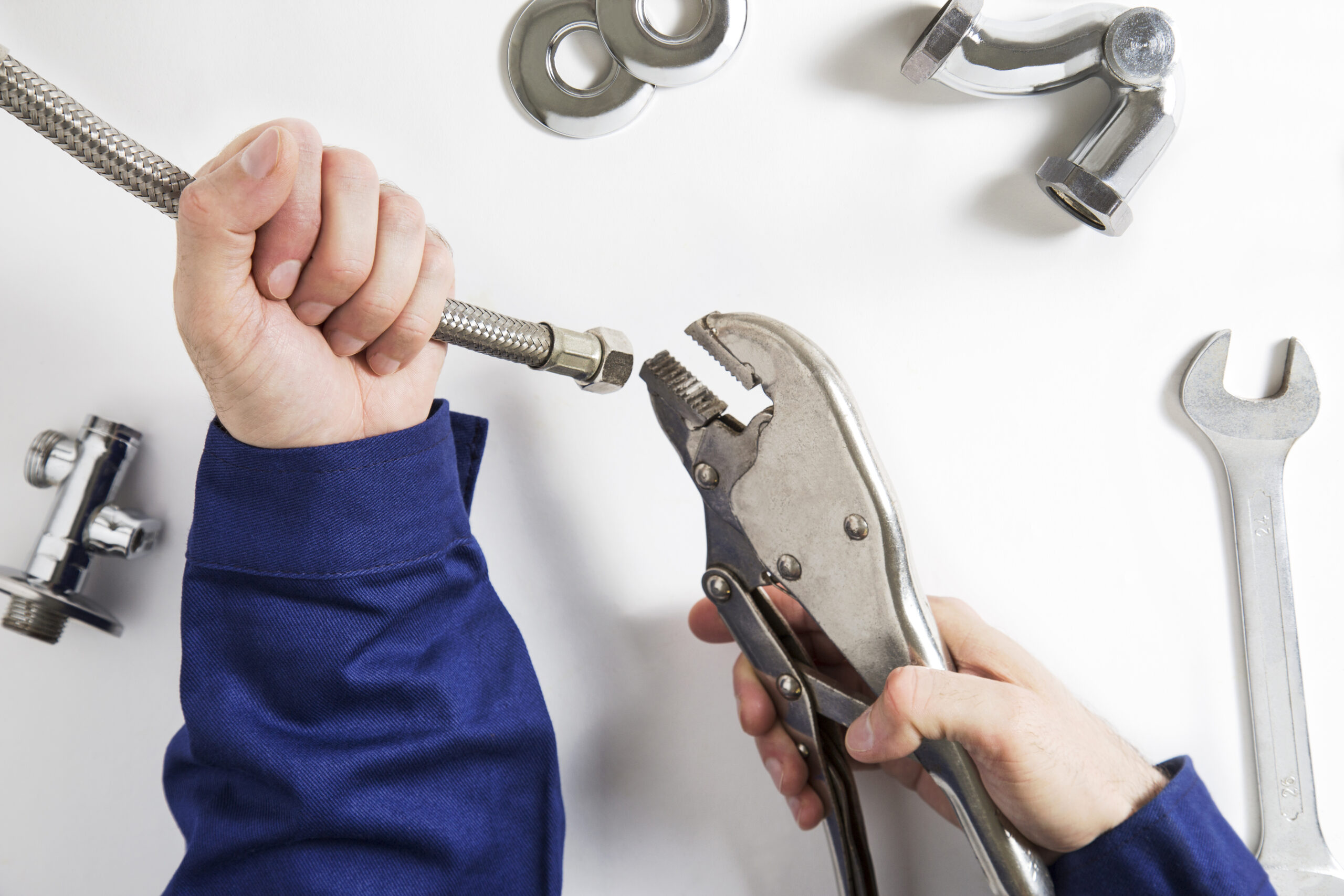Kitchen and bathroom sinks are very sensitive parts because they are linked to the water supply system.
Both kitchen and bathroom sinks function similarly, except that kitchen sinks may have more fixtures than a bathroom sink. Regardless, you may have a slow draining sink and not know what to do about it.
While it is advisable to get a professional, you can still do a sink drain repair on your own.
What is a sink drain?
A sink drain works via gravity. As the sink plunger is pushed down, the drain draws water via the opening directly into the device drain line. This waterfalls with so much speed that it pushes through the p-trap into the drainage pipes.
Slow draining sinks are common nuisances, but most times, you can fix them without the help of a professional fixer. When you have a slow draining sink, the first thing you would most likely think of is to call a plumber. But before you do that, find out what the cause is and how you can solve it. Most of the time, a simple self-inspection can help you save money.
What causes a slow draining sink?
A slow draining sink is often caused by material buildup and accumulation from everyday activities. For instance, bathroom sinks are often clogged by toothpaste, shaved hair particles, soap, shampoo, and other debris. In the kitchen, food particles are often masterminds.
Regardless of the circumstance, you can clean the sink drain with normal household items. But before you think about sink drain repair, here are some steps to help you to avoid slow draining sinks totally.
How to avoid a slow draining sink?
There are simple steps you can take to prevent slow draining sinks and bad odor.
- Use a sink filter
This is super important. Most food particles or debris that clogs sinks can be stopped if the sink had a filter. For instance, if you throw wastewater down the drain, the filter can trap the food particles and allow the water to go through. They come in different sizes, depending on the size of your sink drain. They are also very affordable.
- Pour hot water into the sink after usage
Even if you forget all the other tips on this list (you shouldn’t, anyway), you shouldn’t forget this. The hot water ensures that oils in food particles run down the drain instead of sticking to the interior surface of the pipe. If it does, it can lead to clogs and make the drain slack.
- Baking soda can work wonders
When it comes to avoiding slow draining sinks, baking soda can be a great ally. It is not just a fantastic cleaning agent but also eliminates bad odors and leaves your sink smelling like the morning lily (well, maybe not exactly but you get the drift)
All you need to do is to insert a handful of baking soda into the drain and flush it with hot water. You’re good to go!
- Use vinegar to your advantage
A lot of people don’t know that vinegar is a good cleaning agent. People use it for baking, cooking, clearing out weeds, and even adding it to their food to enhance weight loss and reduce cholesterol.
They use it for everything else, except cleaning.
Vinegar consists of acetic acid which is an organic solvent used to remove disgusting or irritating substances.
Now, let’s say you have a slow draining sink that needs to be cleaned. How do you go about it?
Let’s find out.
How to clean sink drain?
It is easier, more convenient, and more affordable to avoid sink drains than cleaning them.
However, if you don’t take precautions to prevent materials from clogging the drain, you may have to clean the drain with the same methods, just know that it may be harder and more difficult than you think.
Here are some simple steps you can use to clean the sink drain
- Boiling water:
This appears here again because it is super effective. Fill a large pot or kettle with water and allow to boil. Then, pour the water into the drain in about four intervals. If it works, you should see the changes immediately.
- Dry and wet vacuum:
This vacuum is perfect for dealing with stubborn clogs. You should create a seal for the hose to effectively suck out the blockage. Then, set the vacuum to the highest liquid setting and let it handle the rest. The suction is strong enough to eliminate the blockage.
- Baking soda and vinegar
This is an ancient method but very effective when it comes to unclogging sink drains. All you have to do is mix a ⅓ cup of vinegar and ⅓ cup of baking soda into a measuring device. When it fizzes, quickly pour it down the drain.
This helps to remove grime and hair so easily. Allow it to work for about an hour, then flush it down with hot water.
5 smart tips to help you fix a slow draining sink without hiring a plumber
Sink drain repair can be done by anybody. You don’t have to call a plumber in most cases.
Here are some smart and easy tips to help you to fix the sink:
- The stopper should be cleaned
It is super easy for the sink stopper to attract grime, hair, soap, and other debris. For those who don’t know what a sink stopper is, it is a small metal item used to plug the sink drain. If so many things are piled on it, the sink will drain slowly.
It is located between the mouth of the drain and the metal that extends into the pipe. You should unscrew the stopper and clean it regularly.
- Melt the slurry
The slurry is the slimy coating that sticks to the internal surface of the drainpipe, which reduces the pipe’s openings and slows down the drainage.
- Remove the debris
Use a clog tool to carefully remove the debris, if cleaning the drainage walls couldn’t solve the problem. This tool is made of flexible plastic. Push it down the drainage line, turn, twist, and wiggle it around a little bit, then gently remove it to clean off whatever was hooked.
- Use a sink plunger
Sometimes, the materials that clog the sink may be further down the drain and the clog tool may not do the work. For this, a sink plunger can be of help.Plunge it down in short, fast movements so that air will be forced down the drain as much as possible. Ensure you fill the sink with water so that you can see it drain away when the clogged materials are removed.
- Look at the trap
Look under your sink and you would see a U-shaped pipe bend. It is called the P-trap, and while it is used to retaining a small pool of water, it can also be a great spot for hair and other debris to accumulate.
That should be removed and cleaned thoroughly.
Sink drain repair and replacement
If you have tried all you could and nothing changes, then maybe it’ i time to call a plumber. It could be a very complicated process that requires a professional. Don’t leave things to chance before it gets worse. Get professional help today!


